Wiccan Traditions and Paths
Last Updated on December 25, 2017 by Abigail Adams
Generally speaking, although Wicca has a set of guiding principles, each coven lays down its own rituals and rules. However, they also incorporate the opportunity to learn, develop and grow and so can be seen to allow a certain amount of flexibility into their practices.
The coven established by Gerald Gardner, Gardnerism, is guided by the rules set down by the man himself and is strongly founded on the principle of family although it is also considered by some to be controversial.
Alexandrian Wicca
Alexandrian Wicca was formed in the 1960s and, like other traditions, often requires Wiccans to perform naked at meetings. A practice which clearly prompted much controversy back at its inception and in many cases still does today.
Other Wiccan Traditions
But there are many other forms of tradition and most of them are considered to be more than conservative in their application. Celtic tradition is actually a strong underpinning factor in Wicca and this, together with the Druid influence, focuses strongly on the natural elements and forces of nature. Often traditions which hold these principles at their core, will have a deep interest in traditional healing and medicines derived directly from nature. They will also place much emphasis on the magical elements and often use elemental spirit energies when performing rites and rituals.
Wicca in the Modern World
Because Wicca was only made public in the 1950s we have to still view it as an emerging form of worship. At the time it was also impeded by laws against witchcraft which in Britain, where it first gained popularity, were not repealed until 1951 – and which essentially allowed Gardner to make his involvement in Wicca, public.
Once Wicca reached America however, it drew an immediate following and many traditions arose as a direct result. Although most of them have a founding foot in Gardnerian Wicca many have also extended their interests into more contemporary involvement. For example, The Reclaiming Collective which arose in the San Francisco Bay area in 1980 became heavily involved in political activism.
Other traditions are strongly focused on feminism and some even restrict male membership completely – although arguments abound that this practice weakens the potential for increasing membership.
Yet there can be little doubt that women, unlike in most mainstream religions, are not only considered equal in value but also in that of power. Most traditions have as their deity at least one female and sometimes a male counterpart and there can be little doubt that such a focus on feminine strengths is one reason for the Wicca practice becoming ever stronger throughout the West.
Although those who are on the periphery of understanding often think of Wiccans as being intensively involved in magic, this is not always the case. Traditions such as The Reclaiming Collective and also those which are deeply rooted in Celtic and Druid practices, do perform magic extensively. Yet others, such as the movement known as Eclectic Wiccan, do not perform magic at all. Neither do they have initiation ceremonies or involve themselves in secrecy or have a hierarchical structure. Although this might seem to some, particularly those who are involved with more observant traditions, as being well outside the structure originally established by Gardner and his successors, this form of Wicca is now considered to be extremely popular and shows no sign of diminishing.
For those who are interested in Wicca as a spiritual practice and who also would like to adhere to its general concepts and beliefs, there has also arisen the tradition of Solitaires. Who, as the name suggests, practice Wicca alone and do not involve themselves in a particular coven or tradition. They still have strongly held beliefs in the concepts of Wicca but they undertake any spiritual practices, magic, rites or rituals in a solitary environment.

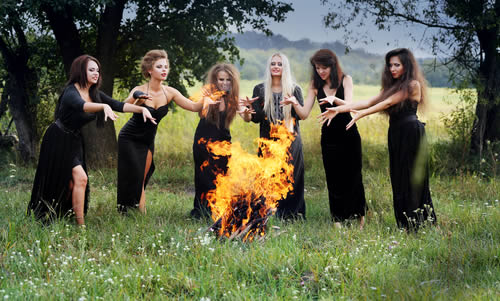
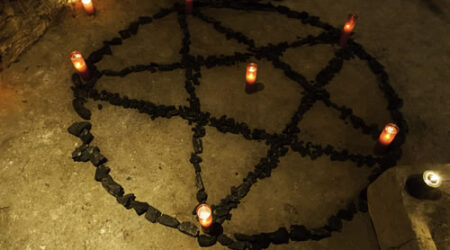
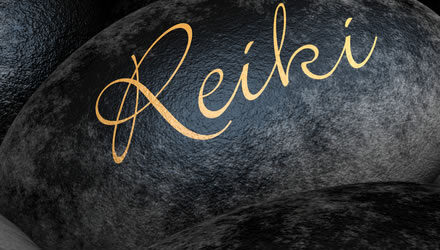


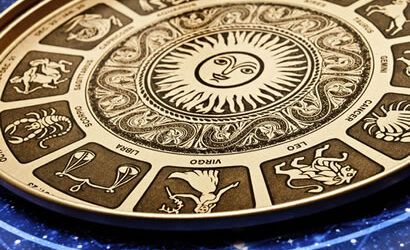

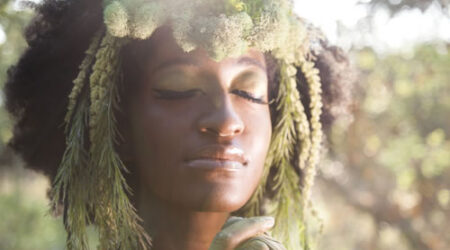
Leave a Reply